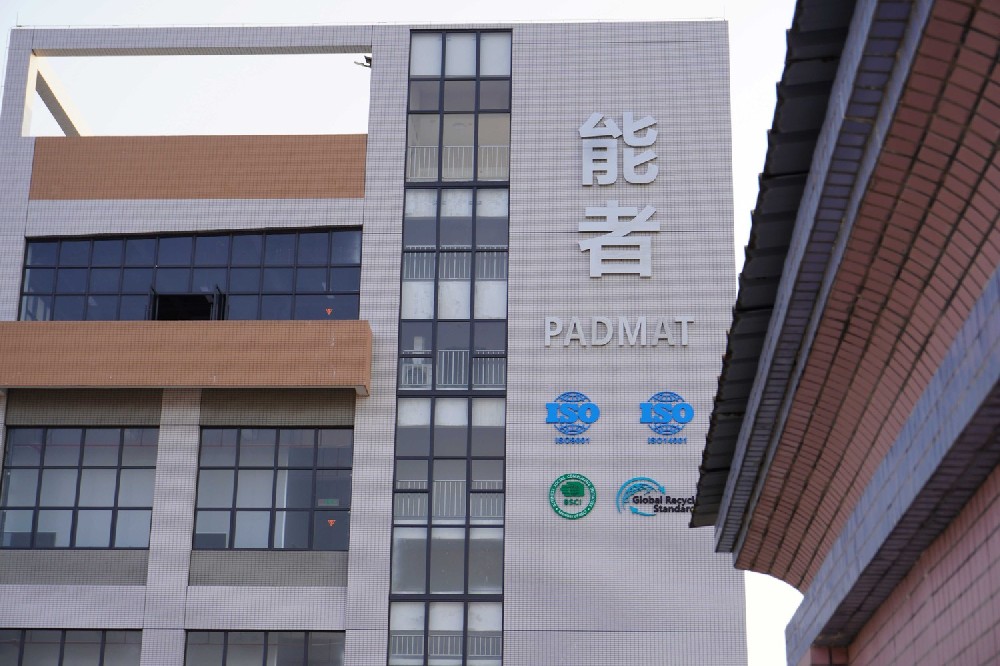




Abstract: Since the invention of the rubber vulcanization method in the United States in 1839, this technology has been widely used in various production enterprises in the society, and has become one of the most widely used chemical material production technologies in social development, which is also the development of rubber production technology. A solid foundation has been laid. This paper researches and explores the research and development of foamed rubber products, the selection of main materials, the selection of foaming agents, the vulcanization system, and the selection of matching reinforcing fillers and processing technology, aiming to provide reference for peer work.
Key words: foamed rubber; foaming agent; vulcanization system; compounding; rubber product technology
In recent years, with the continuous emergence of materials such as vulcanization accelerators and anti-scorch agents, the vulcanization time has been shortened and the properties of rubber have been further improved. As of now, rubber properties have been significantly improved from the initial rubber formulation to the modern base formulation. Although this formula can be vulcanized, it takes a long time and has poor rubber performance; for this reason, it is particularly important to study the combination and process of foamed rubber products in the current research on rubber products.

1. Overview of distribution of rubber products
Foamed rubber products use rubber as the base material and are produced by physical foaming or chemical foaming to obtain sponge-like rubber porous structures. This technology has been widely used in various production industries, such as automotive door and window seals, cushions, building construction gaskets, anti-seismic materials, sports protection facilities, etc.
1. The concept of foam rubber
The so-called foamed rubber is also widely called rubber foaming technology, which is a treatment method that uses a specific foaming agent to treat rubber so that the rubber has characteristic properties. This technology is widely used in the current production field and is the most common method in the current production work.
2. Classification of foam rubber products
Foamed rubber products are currently one of the most widely used products in the production field. According to the pores, they can be divided into two types: microporous structure and porous structure. The microporous structure can be divided into individual foamed products and continuous foamed products. According to the raw material of rubber, this product can be divided into natural rubber foam products, isoprene foam products, SBR foam products, ethylene-propylene rubber foam products, etc.
2. Analysis of the combination of foamed rubber products
Foamed rubber products are more and more widely used in the current society. It is very different from thermoplastic foaming in the process of preparation and production. It has a vulcanization crosslinking speed that matches the decomposition speed of the foaming agent. question. That is to say, except that the successful foaming of a rubber material is closely related to the cross-linking speed, the vulcanization process of the rubber material is basically the same as the principle that occurs when the foaming agent decomposes. Extended flow with corresponding resistance.
1. Selection of main material
In the manufacturing process, it is usually required to select scientific rubber main materials according to the specific goals of the product. These materials should be soft, moderate in strength, and good in elasticity. Artificial rubber for product demand. For the production of oil-resistant foamed products, in addition to the selection of reasonable and scientific nitrile rubber, the proportion and relationship of neoprene rubber must also be analyzed. In order to meet the needs of some special products, two or more types of rubber can also be used together. form.
2. Selection of blowing agent
Foaming agent is the most critical link in the production of foamed rubber, and its selection is closely related to work efficiency and work quality. Generally speaking, to produce foamed products with good performance, it is necessary to choose a scientific and reasonable foaming agent, and the amount and method of use of the rubber foaming agent must meet the current social development requirements. At present, foaming agents mainly include organic foaming agents and inorganic foaming agents. Among them, inorganic foaming agents mainly refer to sodium bicarbonate, ammonium bicarbonate, urea, etc. These foaming agents have the advantages of fast decomposition speed and low temperature in application, and their foaming performance is relatively good in theory. Because the gas produced by this technology in the application is mainly carbon dioxide and ammonia, etc., the existence of these gases makes the rubber structure have a large permeability coefficient, making it difficult to produce closed-cell foamed rubber, and the quality of the produced foamed rubber is low. , low strength, large shrinkage, and easy deformation, so it is very easy to use alone in work, and generally can be used as an organic foaming agent.
In the current work, our commonly used blowing agents mainly include nitrogen diformamide, nitroso, diphenylsulfonyl hydrazide ether, etc. The decomposition temperature of these materials is above 200°C in application, and other foaming aids, such as urea, magnesium oxide, zinc oxide, etc., need to be added in the production process, so the decomposition is greatly reduced, and the thermal decomposition The gas produced mainly includes nitrogen, carbon dioxide, ammonia, etc. These gases are not only non-toxic and odorless, but also have the advantages of not polluting the environment and not changing color. The rubber foam products made with foaming agent have larger pore size and larger shrinkage rate; when foaming agent is used, foaming aids include stearic acid, alum, etc., and the decomposition temperature of foaming agent can be significantly reduced after adding to 130-150°C.
3. Selection of vulcanization system
The vulcanization system is very important in the research process of foamed products. First of all, whether the vulcanized system matches the foamed system is the key to making foamed products with good performance. Whether a rubber can be successfully foamed, the most important thing is that the vulcanization process of the rubber and the decomposition process of the blowing agent should be basically synchronized, or the sulfur generation time is slightly earlier than the foaming time. Therefore, after selecting the vulcanization system, adjust the foaming system to match it, or after selecting the foaming system, adjust the vulcanization system to match it.
4. Selection of reinforcing fillers
Reinforcing agents such as carbon black and white carbon black can improve the strength and stiffness of foamed rubber products. Appropriate addition of fillers such as calcium carbonate and clay can improve the processing performance of rubber materials and reduce costs. The carbon black should be semi-reinforced FEF and SRF carbon black, and the filler should be light calcium carbonate, clay, etc. The dosage should not be too much, preferably 20-40 parts.
5. Selection of plasticizer
The requirements for plasticizers are: good plasticizing effect, less dosage, fast absorption rate, good compatibility with rubber, low volatility, no migration, non-toxic, odorless, cheap and easy to obtain. Plasticizers can improve the degree of dispersion of compounding ingredients, the processability and formability of rubber compounds. For foamed rubber products that require a high expansion ratio, generally a large amount of plasticizer is added, and a plasticizer with good compatibility with rubber is selected.
6. Selection of anti-aging agent
Foamed rubber products have a porous structure with a large surface area and are relatively easy to age, so they must be formulated with anti-aging agents. The principle of choosing an anti-aging agent is to have a good anti-aging effect without affecting the decomposition of the foaming agent. 4010, 264, MB and other anti-aging agents are optional, and the dosage is more than that of general rubber products.
3. Processing technology
1. Plasticizing
The essence of raw rubber mastication is to break and destroy the macromolecular chains of rubber. Improve the plasticity of rubber and make the mixing and kneading of compounding ingredients easier. When preparing foamed rubber products, the better the plasticity of the rubber, the easier it is to produce products with uniform cells, low density and low shrinkage. Therefore, the raw rubber should be fully masticated.
2. Parking
After the rubber is mixed, it must be placed for a long enough time, usually for 2 to 4 hours, so that various additives can be fully dispersed in the mixed rubber. The smoother and the uniformity of the bubbles, the better.
3. Temperature
Rubber foam is very sensitive to temperature. The same rubber material has different foaming effects at different temperatures. Because the sensitivity of the foaming system and the vulcanization system to temperature is different, changing the vulcanization temperature requires readjusting the matching between the vulcanization system and the foaming system.

4. Molding
The molding methods of foamed rubber products include various methods such as extrusion molding, compression molding, and flat molding. EPDM foam products are commonly used for extrusion molding, and NBR is mostly used for compression molding.
Four. Conclusion
As a functional polymer material, with the development of science and technology, the use of foamed rubber products will become more and more extensive. In the future research and development process, the following issues should be paid attention to: (1) R&D uses energy-saving and low-pollution foaming agents to make foamed rubber products; (2) calcium bicarbonate inorganic foaming agents in foaming agents are safe and hygienic, and should be Increase its dosage in combination with organic foaming agents; (3) Solving the problem of matching the vulcanization rate and foaming will still be the focus of foaming product development; (4) The research on foaming technology cannot be ignored.